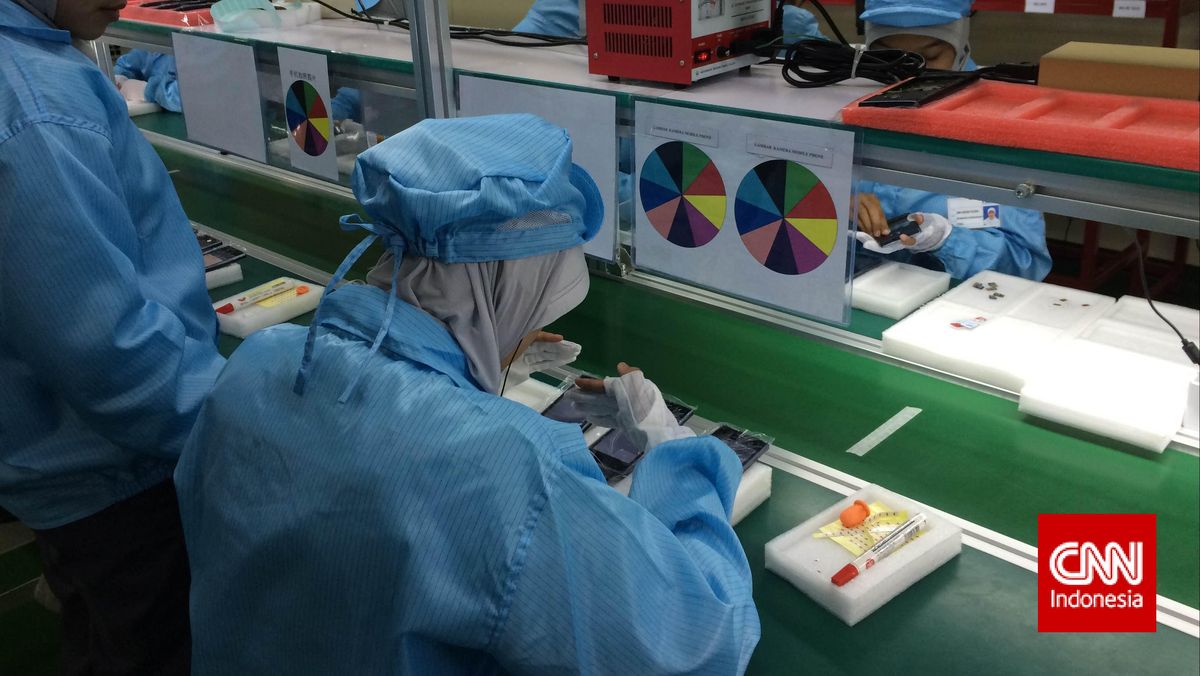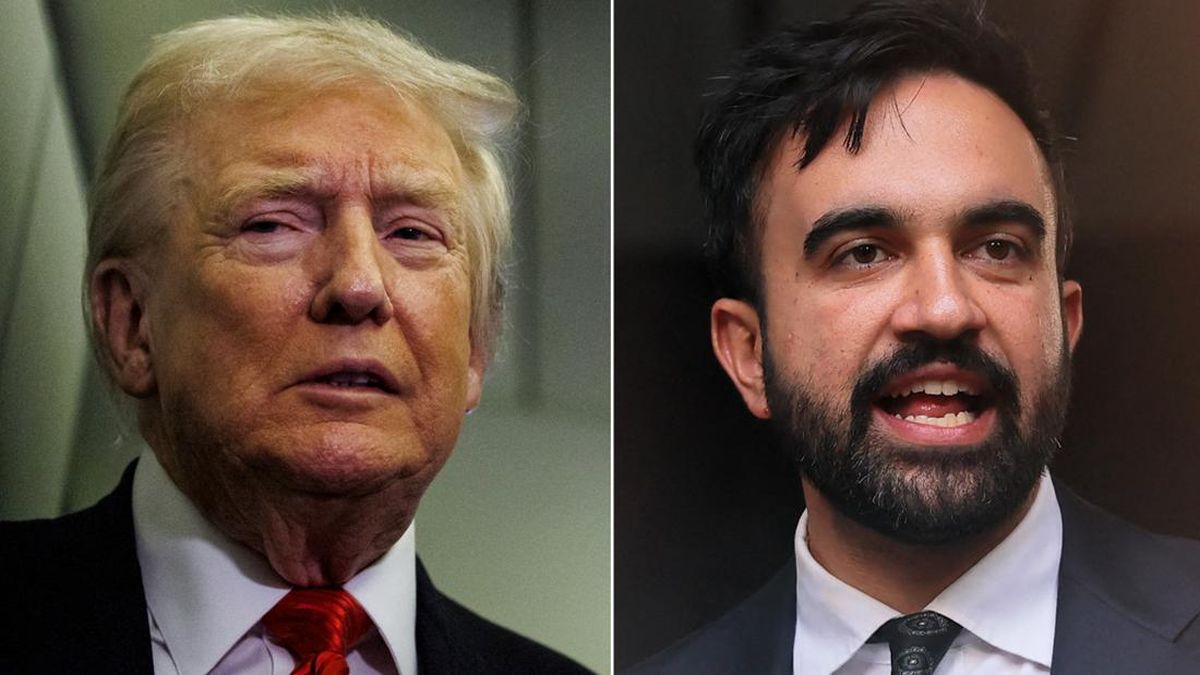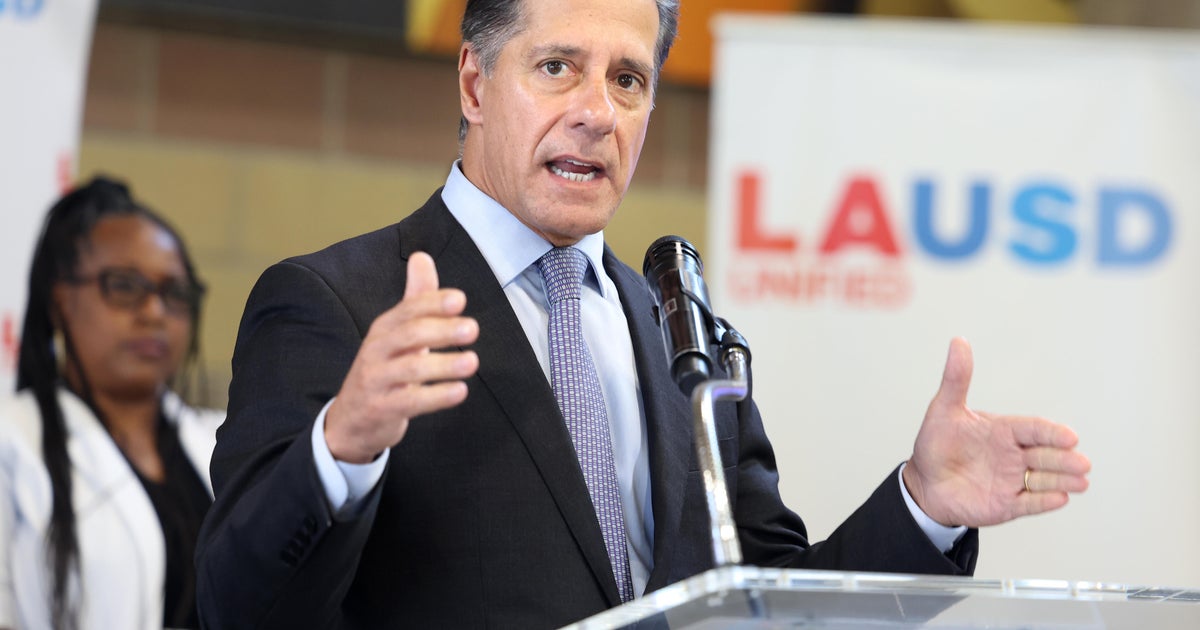Opinion
November 6, 2025 — 12.00pm
November 6, 2025 — 12.00pm
Donald Trump, celebrating this week the anniversary of his election win last November, claimed he’d created the most successful economy in US history and made America affordable again. Voters in this week’s state elections, and much of the data, beg to differ.
The big promise Trump made to voters, and the one that arguably was the key to regaining the presidency, was that he would drive down prices. Affordability was then, as it was in the state elections that saw unexpected margins for victory for Democrats, top of mind for voters.

So far as Donald Trump has a worldview, it seems to echo a version of the world in George Orwell’s dystopian novel, Nineteen Eighty-Four.Credit: AP
Inflation, whether at the headline or core level, is essentially unchanged from a year ago. At the end of last year, the headline rate was 2.9 per cent and core inflation 3.2 per cent. Today, the rates are 2.9 per cent and 3.1 per cent, respectively.
Those rates had, however, been trending down through 2024, but have reversed course since Trump took office and, with the impact of his tariffs on prices still yet to be fully seen, are likely to continue to rise.
Loading
Certainly, US consumers don’t appear to believe that Trump is making America affordable again, with his approval rating dropping from 47 per cent early this year to 37 per cent in recent polling.
Trump promised to “drill, baby drill” to bring petrol prices down, slashing regulation and opening up federal land to oil and gas companies.
Petrol cost $US3.19 a gallon a year ago. It was $US3.15 a gallon earlier this week, although for most of this year it has been above $US3.20 a gallon.
Prices should be falling – a year ago, the crude oil price was above $US75 a barrel. Today, it’s below $US64 a barrel amid a growing global glut of oil.
US oil production has increased, from the record average of 13.3 million barrels a day last year under the Biden administration to what the International Energy Agency predicts will be an average of 13.5 million barrels a day this year, but the slump in oil prices is likely to result in a sharp fall in drilling activity next year.
Is the US experiencing “the most successful economy in the history of our country,” as Trump claimed?
If the sharemarket were any guide, the answer would be an unequivocal “yes”. It’s up 17.5 per cent since last year’s election, albeit that it is being driven by the boom in artificial intelligence rather than the economy’s wider settings.
Those with an exposure to the market, which tends to be the wealthier households, certainly see the Trump presidency as a success. They were also the major beneficiaries of the big tax cuts in Trump’s “One Big Beautiful Bill Act” that has since been rebranded, for obvious political reasons, as the “Working Families Tax Cut Bill”.
The wealthy (the Trump family in particular) have also benefited from the massive surge in the value of crypto assets that has occurred since Trump embraced an asset class he once derided and which the Biden administration viewed with suspicion and cynicism.
In the real economy, and for the less wealthy and poor US households, things aren’t quite as buoyant.
The US economy grew at 2.4 per cent last year. Trump’s “greatest economy”, one he repeatedly claims is the envy of the world, and which he said on Wednesday is seeing “the American Dream surging back to life”, will grow, according to the International Monetary Fund, 2 per cent this year and 2.1 per cent in 2026.

US consumers don’t appear to believe that Trump is making America affordable again, with his approval rating dropping from 47 per cent early this year to 37 per cent in recent polling.Credit: Getty Images
The now-record government shutdown will shave up to a percentage point off the December quarter GDP, although much of that should be recovered once the government re-opens and its furloughed employees are paid again.
US government debt was $US36.1 trillion at the end of last year. It’s now above $US38 trillion and rising.
Despite Elon Musk and DOGE taking a chainsaw to the US bureaucracy and more than 100,000 federal government employees sacked, the budget deficit forecast by the Congressional Budget Office of $US1.8 trillion this year will only be marginally smaller than last year’s $US1.83 trillion, despite Trump hacking into the massive spending Biden was making in green energy and advanced manufacturing.
Loading
There’s been a lot of talk this year about the “debasement trade”, or investors selling US dollar-denominated assets because they are worried that, to escape its debt trap, the US will allow inflation and money-printing or more extreme measures that will erode the value of the dollar and the real value of their investments.
The US dollar, while it has bounced back from its September lows, has fallen about 5 per cent against the basket of America’s major trading partners’ currencies. It had fallen more than 10 per cent before the US Federal Reserve Board’s first rate cut this year in September.
During last year’s campaign, Trump said that, if he were elected, the dollar would be “so secure”.
“Your reserve currency will be the strongest it’ll ever be,” he said. Hmm.
US interest rates have, of course, fallen, with the yield on the 10-year bond rate down from 4.27 per cent at the end of last year to about 4.15 per cent and the yields on shorter-duration Treasuries by even more.
He’s now got less than a year to turn his claims of overseeing the greatest economy ever into something real.
That’s a function, however, of the weakening of economic growth, reflected in an unemployment rate that has begun edging up from 4.1 per cent in the December quarter last year to 4.3 per cent in the most recent available data.
If Trump’s beloved tariff regime holds up against legal challenges – the arguments before the Supreme Court justices who’ve previously been very supportive of Trump’s agenda on Wednesday don’t appear to have gone well for the administration – it will continue to undermine growth and fuel inflation.
According to Goldman Sachs, about 55 per cent of the costs of the tariffs will, by the end of the year, be borne by US consumers and 22 per cent by US companies, with foreign exports absorbing 18 per cent.
Goldman expects consumers could pay up to 70 per cent of their cost by the end of next year, underscoring that – contrary to what Trump and his advisers constantly claim – it is US consumers, and US companies, that pay the overwhelming majority of the tariffs’ cost.
Trump promised to “tariff the hell out of countries that have been taking advantage of us”. He’s kept that promise, but he failed to tell voters (or perhaps he didn’t understand) that it meant introducing a big new and highly regressive domestic tax on consumption.
In those trade deals, and from some arm-twisting of US companies, Trump has obtained promises of massive investments in the US. The White House claims they total $US8.9 trillion, although that would include previously planned expenditures and probably some that will never be made once (if?) Trump departs the White House.
Even a decent slice of those commitments would, however, help build manufacturing investment and jobs in the US, which, given that the US manufacturing sector has, according to the ISM Manufacturing PMI, been shrinking for eight months straight, is much needed. Manufacturing investment and jobs grew strongly during Biden’s term.
Loading
Trump has over-delivered on his promises to deal with illegal immigration, even if the brutal measures taken by ICE to execute the policies appear increasingly unpopular. He’s also had some foreign policy wins.
However, it’s the domestic economy and policies that impact Americans’ costs-of-living that produced the election outcomes this week and that will decide the shape of Congress – and the effectiveness of the last two years of Trump’s presidency – at next year’s mid-terms.
He’s now got less than a year to turn his claims of overseeing the greatest economy ever into something real.
Most Viewed in Business
Loading


















































